Is running really bad for your knees? We did a deep dive
Get your sneakers out

Lifestyle
Don't miss out on the headlines from Lifestyle. Followed categories will be added to My News.
Although you may assume otherwise, according to a physiotherapist running could actually be the fix for your bad knees.
Despite what the lifelong runners may tell us, running can feel terrible, especially when you’re first getting into it. The pounding head, burning lungs, and of course, sore knees can make us consider throwing in the towel before the elusive runner’s high kicks in.
But despite many of us being told for years that running can be bad for your knees, especially as we get older, running may actually be the key to maintaining healthy knees as we age.
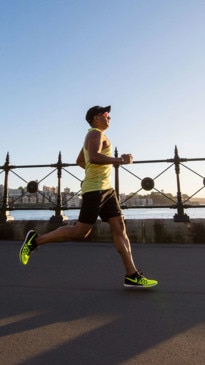
The benefits of running
Once you get the hang of it, running can come with so many physical benefits.
Avid runner and co-founder of Kic, Laura Henshaw tells Body+Soul, “running is such an incredible movement to include in your routine, it’s great for cardiovascular health, endurance, and strength. It’s also been shown to support better sleep and bone health.”
“For me, the mental health benefits are just as powerful. Running has a way of clearing my mind and helping me de-stress.”
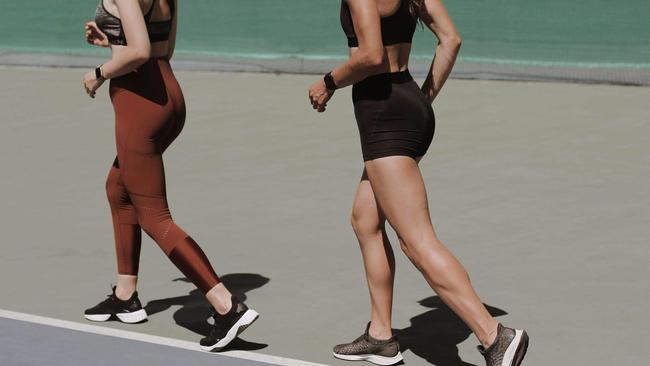
One of the only workouts you can do for free no matter where you are, we’d all love to reap the benefits of incorporating running into our routines, but how will our knees fare the impact?
Is running bad for your knees long-term?
While the high impact exercise may seem like it would be the worst thing for aging knees, running can actually help the joint to age better.
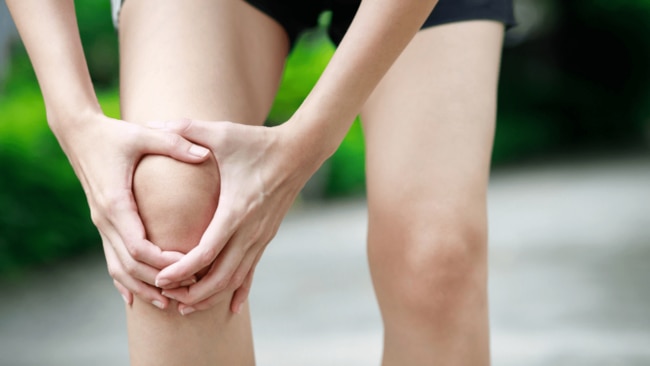
Joint health
Just looking at a runner, you can see how much the exercise can strengthen our legs.
By strengthening the muscles around our knees in particular, our joints can be better supported.

Long-term bone health
Running can increase our bone density, warding off osteoporosis.
Arthritis risk
According to a 2023 review, we may need to question whether running can cause arthritis.
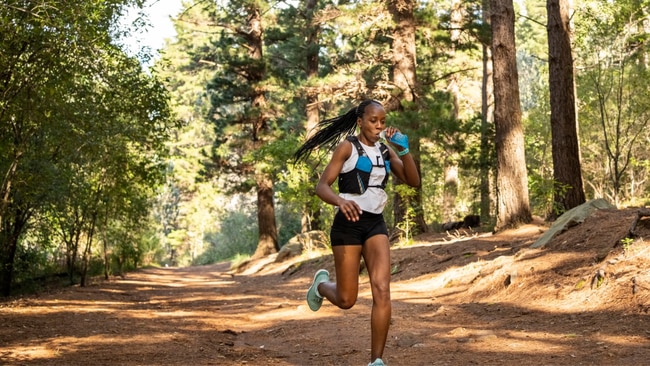
Researchers from La Trobe University looked at the effect of running on hip and knee cartilage 20 minutes after running, and again within 48 hours of running.
Their findings suggested that running may not be ‘detrimental to knee cartilage’, possibly debunking the idea that the workout can cause arthritis in the knees.
Does the surface make a difference to the run?
Physiotherapist Ash Ormond says while "there’s no one best surface" for a run, "running on different surfaces can place different demands on your body."
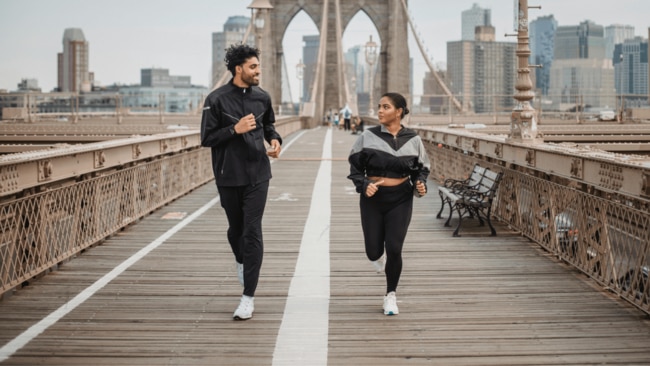
“Softer surfaces like grass and trails are generally lower impact, which can be helpful for reducing load on the joints and soft tissue, but they often require more balance, coordination, and concentration. This can be a positive thing if you’re looking to improve your joint stability and proprioception, but can also be risky if your body isn’t used to the uneven terrain”, she tells B+S.
“Harder surfaces like concrete or bitumen increase the impact on your body, but they can also help build bone density and support long-term bone health. The key is being mindful of your load management, especially if you’re increasing your distance or pace, as ‘too much too soon’ could increase your risk of injury.”
How to ease into running as a beginner
If you want to get into running but your last attempt was at your school cross country, the avid runner has some tips to help you ease in.

Start in intervals
Henshaw says, “one of the best ways to ease into running is to incorporate walk-run intervals in your routine."
"For example, as part of our 0-5km Kicrun program, we use a mix of interval training and gradually build that into longer runs. For beginners, try 30 seconds of running bursts followed by 90 second walking breaks. As you stay consistent, you’ll naturally build up both distance and time, and soon you'll find yourself running for longer stretches without needing to stop.”
“There’s no perfect pace or distance you need to hit. Some days will feel better than others, and that’s totally normal", she adds. "What matters most is showing up and being kind to yourself as you build up your confidence.”
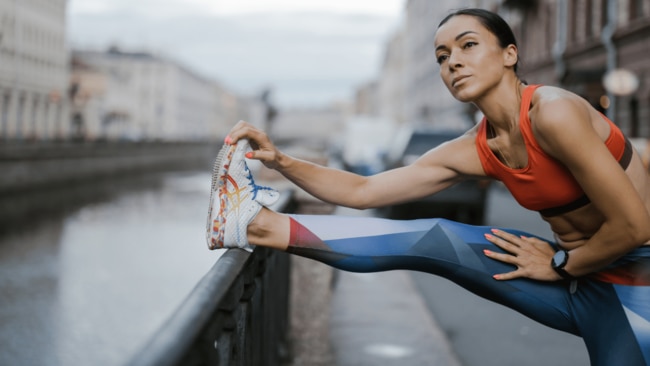
Remember the warm up
“Don’t skip warming up and cooling down. These are key steps in preparing your body for a run and supporting your recovery to avoid injury."
"Strength training can also play a huge role in how our bodies feel when we’re running, so try to weave in 1-2 strength sessions a week.”
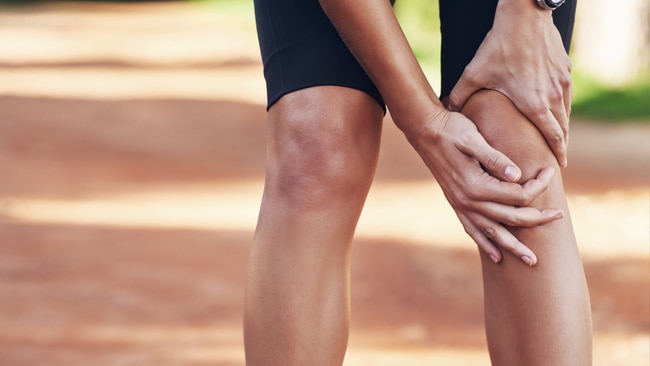
Running with a knee injury
Your entry into the world of running may have to look a little different if you're struggling with an injury.
Ormond says while there’s no one-size-fits-all approach to running with a knee injury, “generally speaking, most running injuries will come down to either poor load management, biomechanics, technique, footwear or a combination of all the above.”
“If a few days off running isn’t helping, the best thing you can do is get assessed by a Physiotherapist who can figure out what’s actually causing your pain and tailor a plan that supports you to keep moving safely.”
More Coverage
Originally published as Is running really bad for your knees? We did a deep dive





